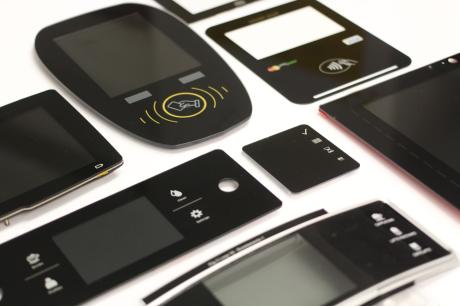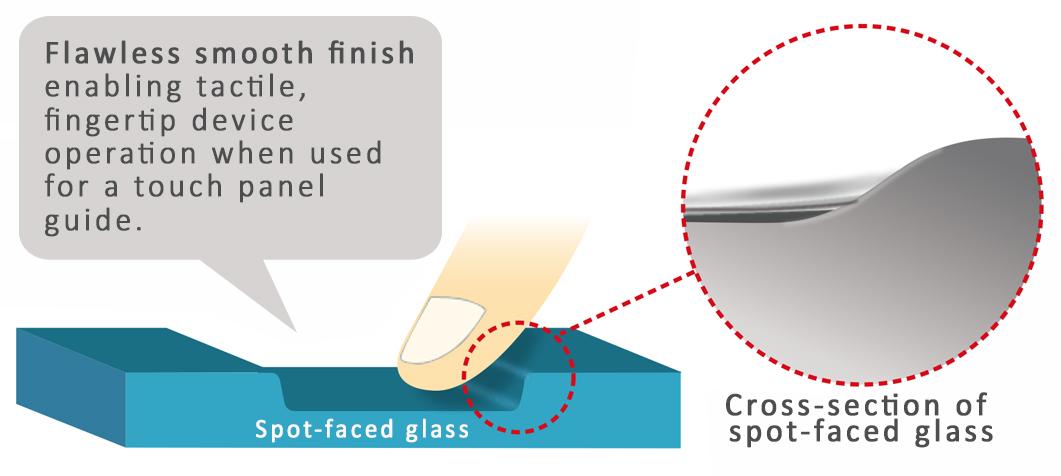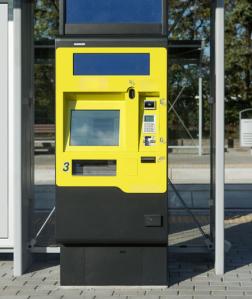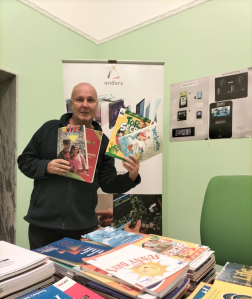Thinking creatively about your display's coverlens can be an affordable way to make your HMI stand out from the rest. Spot facing and touch bumps are two new processes which provide even more differentiation for designers.
Why should I customise the coverlens for my display?
A good user interface should have plenty of presence and style to stand out in the marketplace and deliver the best possible user experience. Keeping it simple is often the key to success.
Creative coverlens design can deliver a result that is economical and attractive while also being effective and easy to use. A coverlens is always needed, so why not ensure that it makes the most of the electronic design and software effort that have gone into the system sitting behind it?
You don’t have to be bound by the dimensions of the screen and can extend the coverlens in any direction you like to create different shapes or to integrate other aspects of the user interface – such as capacitive-touch electrodes – and create an overall unified appearance. You can also give your front panel a clear and uncluttered style with hidden-til-lit features such as icons that sit invisibly behind the coverlens when they are not needed.

What is spot facing and what are its advantages?
Spot facing is a chemical process that engraves the surface of the glass to a specified depth and ensures a smooth and transparent finish. Because it’s glass, you can use spot facing for applications where hygiene is importan t, such as food or pharmaceutical production equipment.
Engraving areas that coincide with touch sensors lets you add a tactile dimension to your HMI so users can activate the features they want without directly looking at the screen. This is great for automotive applications and industrial or medical devices where the operator should be concentrating on events happening in the real world rather than figuring out the touch panel. You can also engrave a pattern such as a logo or border.

What is a touch bump and how can I use it?
Whereas spot facing chemically engraves the coverlens glass within a defined area, going down to a specified depth, touch bumping is an additive process that creates raised areas on the coverlens. Although its appearance is more or less the exact inverse of spot facing, it can be used in very similar ways to add both style and substance to the user interface.
At Anders we are working with our manufacturing partners in Asia to develop spot facing and touch bumping for commercial use. So now is the time to start finding out how they can enhance your user interfaces and offer extra value to your customers.


